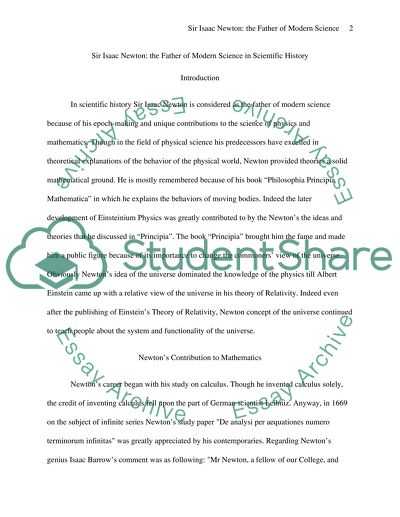Cite this document
(“Sir Isaac Newton as the Father of Modern Science in Scientific History Research Paper”, n.d.)
Retrieved from https://studentshare.org/systems-science/1430234-sir-isaac-newton-as-the-father-of-modern-science
Retrieved from https://studentshare.org/systems-science/1430234-sir-isaac-newton-as-the-father-of-modern-science
(Sir Isaac Newton As the Father of Modern Science in Scientific History Research Paper)
https://studentshare.org/systems-science/1430234-sir-isaac-newton-as-the-father-of-modern-science.
https://studentshare.org/systems-science/1430234-sir-isaac-newton-as-the-father-of-modern-science.
“Sir Isaac Newton As the Father of Modern Science in Scientific History Research Paper”, n.d. https://studentshare.org/systems-science/1430234-sir-isaac-newton-as-the-father-of-modern-science.


